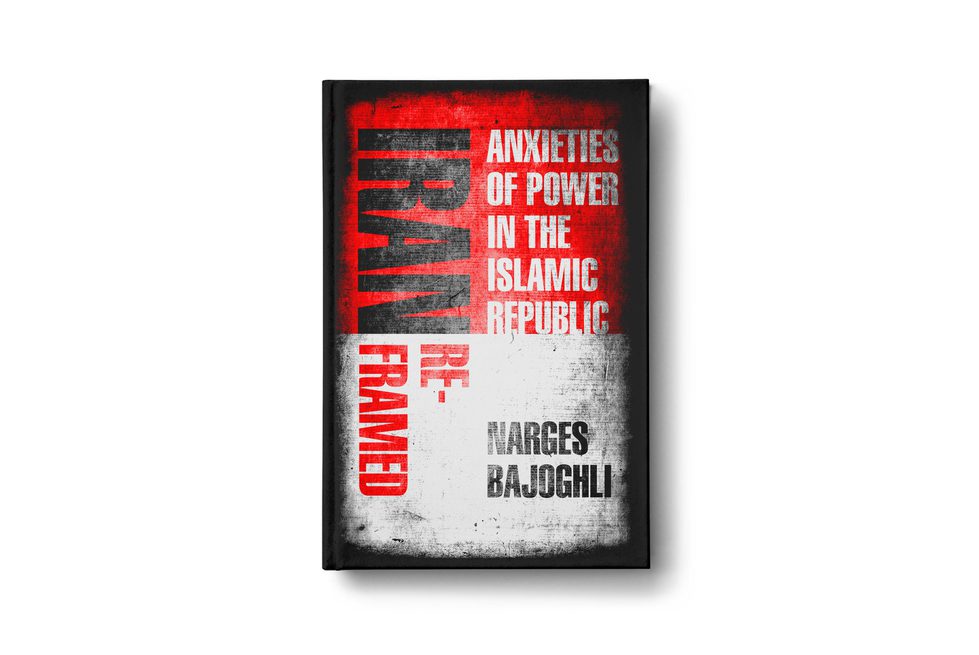Processual State, Processual Kinship
From the Series: Book Forum: Iran Reframed
From the Series: Book Forum: Iran Reframed

What happens to revolutions generations after they become state projects? In Iran, as elsewhere, both the state and the revolution are ongoing processes. One of the most fascinating sites from which to view these processes is through an analysis of media production affiliated with the regime, as Narges Bajojghli does in Iran Reframed (2019). These sites of media production show how those associated with the regime consider their project and its potential next stages, and also how they understand and address other Iranians who need to be convinced of its value.
Both the revolution and the regime are defined through kinds and levels of insider/outsider status: Iranians as opposed to the American and European agents of imperialism, Iranians in the country or abroad, regime insiders, or independent cultural producers. While the regime shores up power for itself through services and benefits and the possibility or reality of violence, outsiders, or gheyr-e khodi, have social and cultural capital in part because of their affiliations with cultural producers abroad. Bajoghli herself—speaking Persian with near-native fluency, an Iranian living abroad, the daughter of a left-wing figure, but also someone who is back in Iran and who has worked hard to establish relationships with veterans of the Iran-Iraq War—demonstrates how complex khodi (insider) and gheyr-e khodi are as spaces to occupy. Another index of how belonging in the revolutionary collective is a topic for contestation rather than a given is the importance of generational differences: first- and second-generation members of the Basij pro-regime paramilitary organization and other supporters of the regime tend to have a different—more nuanced if not more critical—orientation to the regime than the third generation.
Bajoghli’s book makes me think about still another kind of insider/outsider status that underlies a sensitive ethnography like this: Being just outside the families of one’s closest interlocutors. The category of khodi in Iran is rooted in kinship networks and related religious and ethnic groupings that are also connected to economic and political networks, Bajoghli tells us (77). What does it mean to encounter families in the field, to live on the edges of them (if not with them, as more anthropologists might have done in previous generations), or even to see families unfold in the field? Bajoghli witnesses and chronicles families in their most difficult moments. Iran Reframed begins with a passage describing how a disabled veteran in a wheel chair is beaten by younger and hardline members of the Basij at a protest with his adult children. She speaks to fathers in moments of familial transformation. A member of the third generation grows more flexible after the birth of his daughter, wanting now to prioritize stability and possibility for her.
As one project builds on top of another, as, in this case, Bajoghli worked hard to establish trust and research permissions to do her research, and as we take time to write up our research, we often watch a new generation become adults. Bajoghli tells us in the conclusion how children of the older members of the Basij for the most part want to distance themselves from the regime: to leave Iran, to be independent filmmakers, and to eschew the networks of their fathers. Kinship relations, even more consistently than revolutions, are always in the process of unfurling. In addition to its many other contributions, Iran Reframed helps us to ask, what do we as anthropologists and people in relation with others in our fieldsites learn from how grown children see their parents and their world?